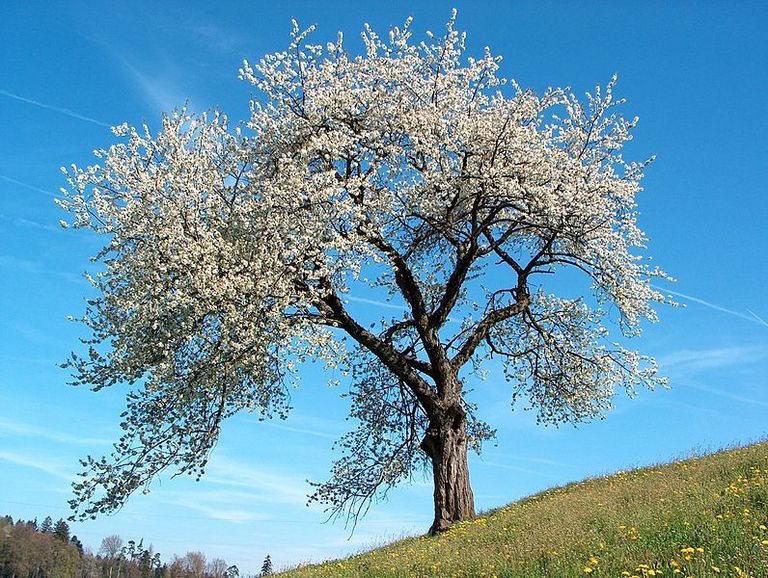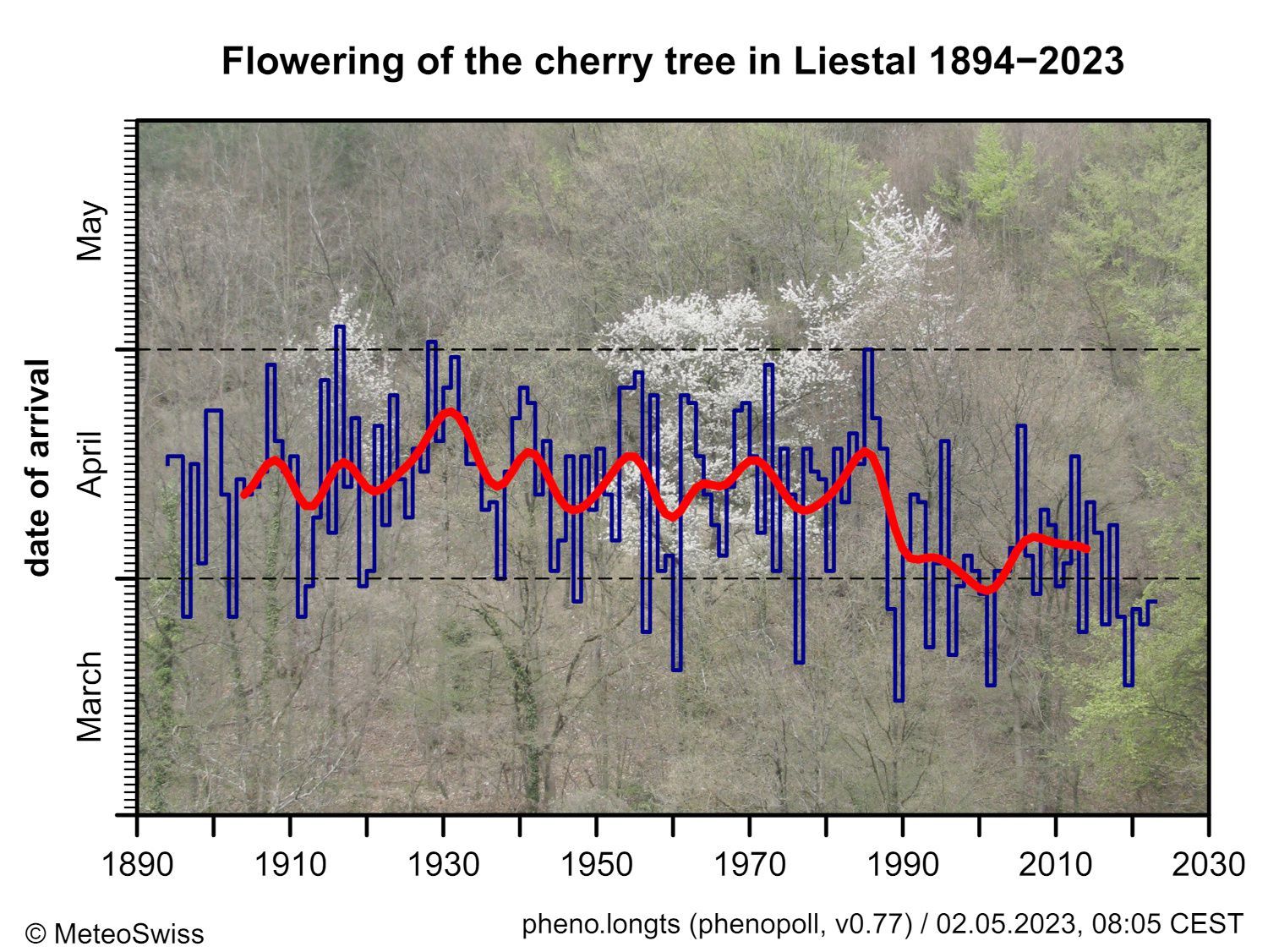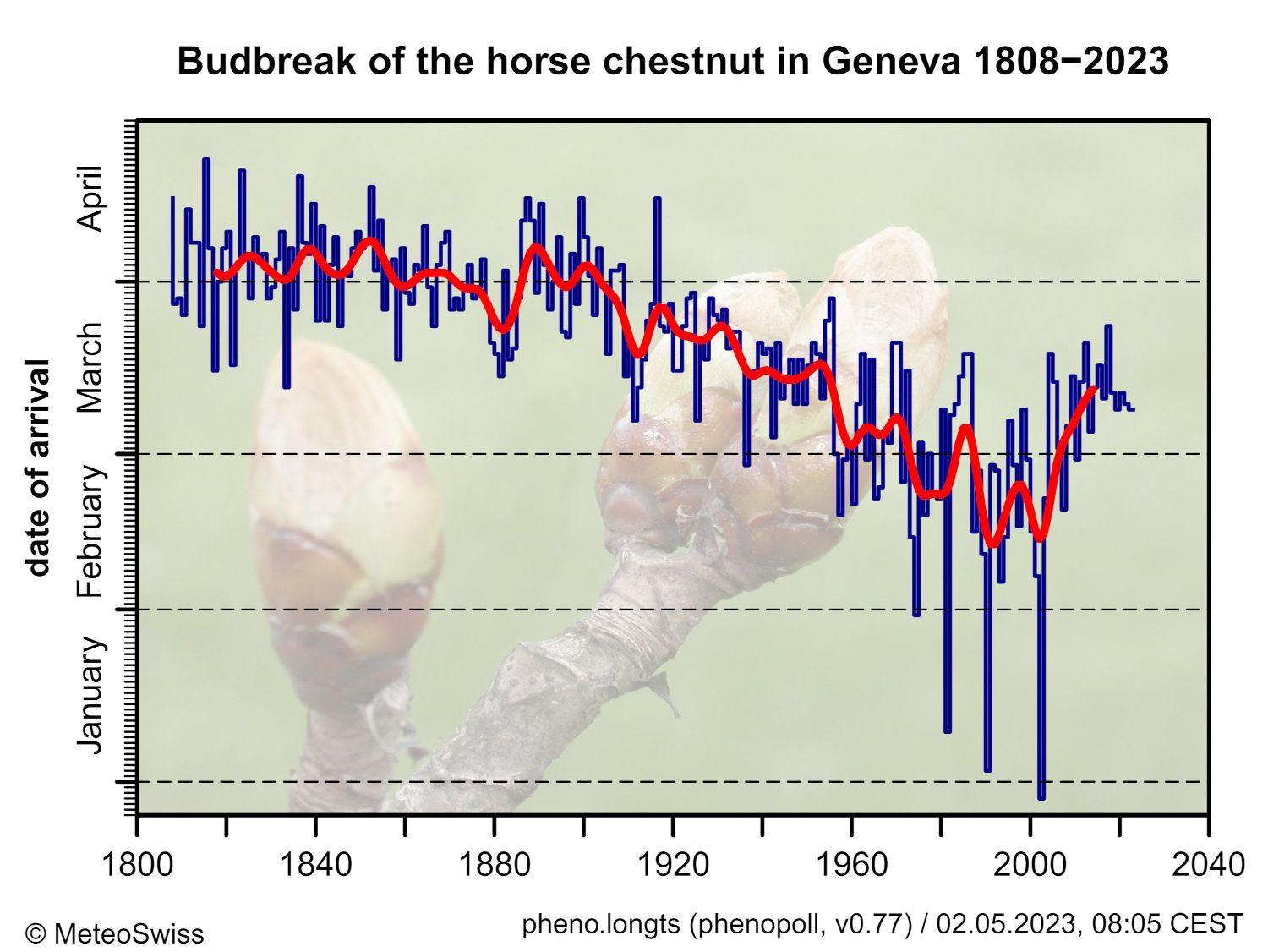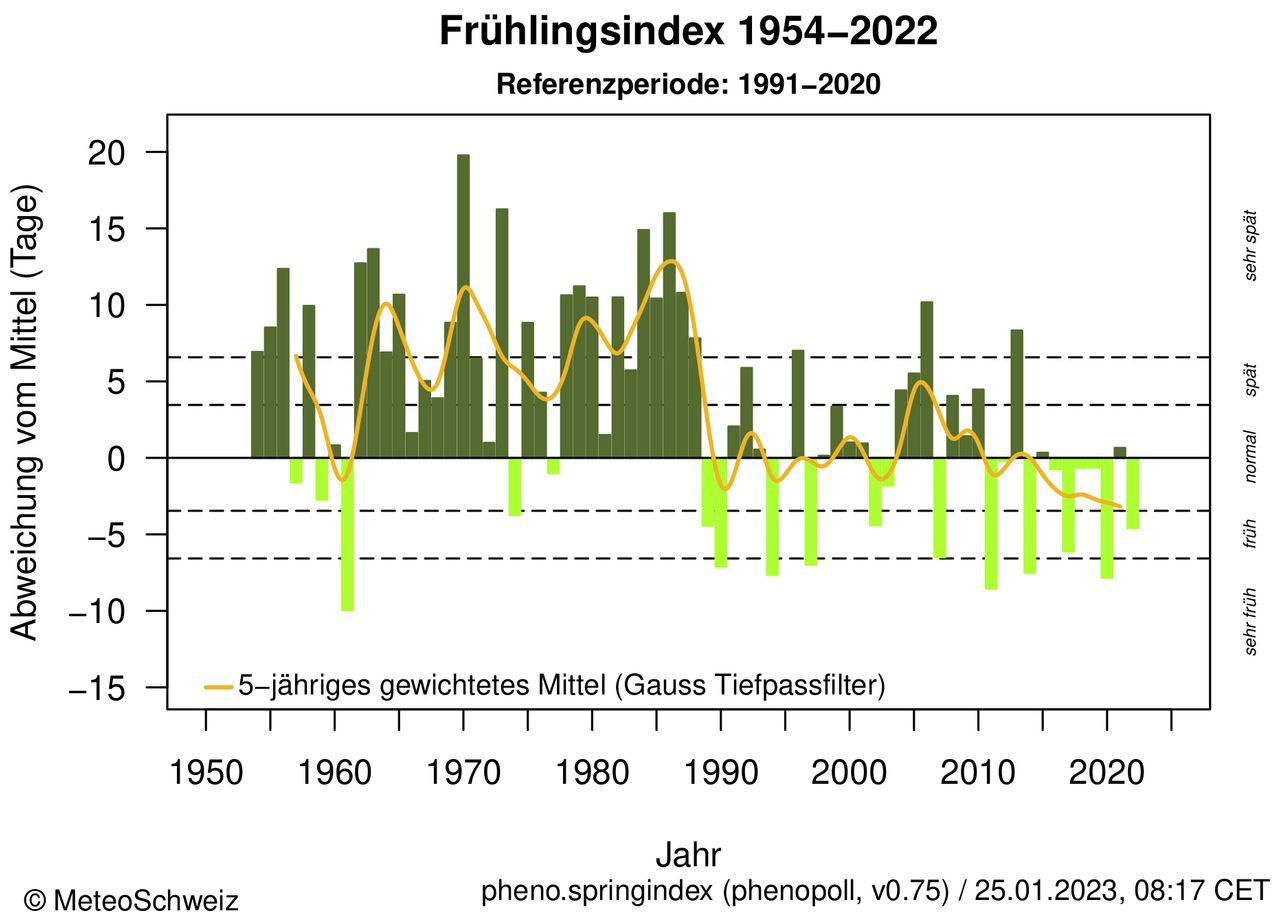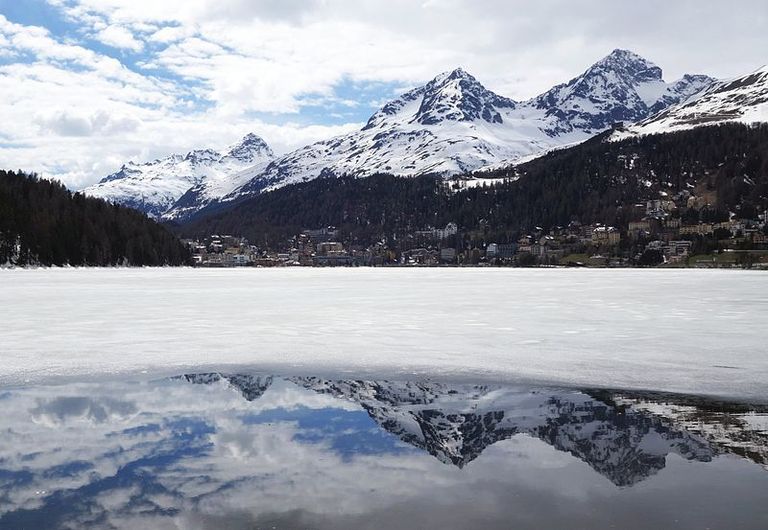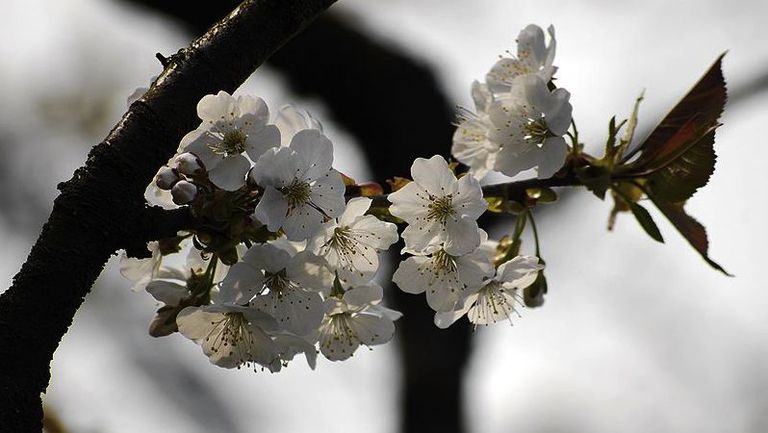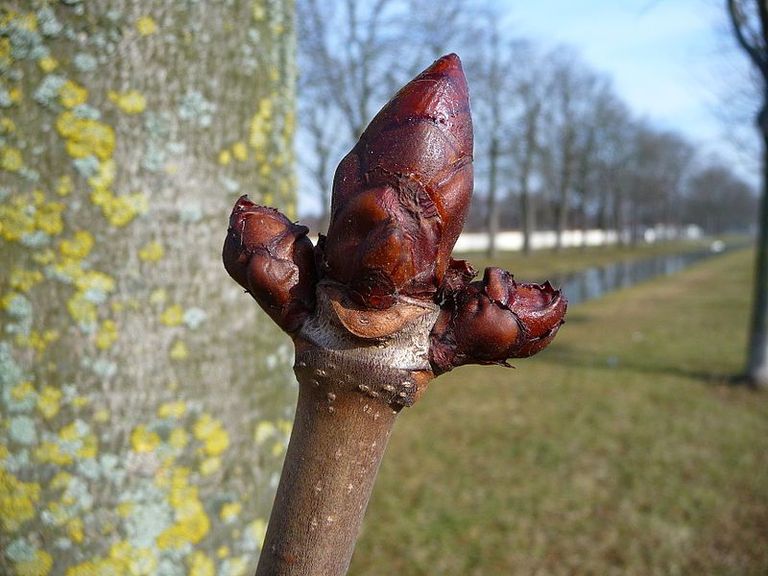PhaenoNet è una rete di osservatori della natura e delle stagioni, che condividono le loro osservazioni su una piattaforma comune.
Gli scopi di PhaenoNet:
- Entusiasmare il maggior numero possibile di persone per l'osservazione scientifica dei fenomeni naturali stagionali.
- Studiare l'impatto dei cambiamenti climatici sui fenomeni stagionali e migliorare le previsioni polliniche.
- Aprire il dialogo fra ricerca, formazione e pubblico.
App di PhaenoNet: L'immissione e la visualizzazione dei dati da PhaenoNet avviene tramite l'app di PhaenoNet. Grazie alle moderne tecnologie, possiamo offrire ai nostri membri un'interfaccia di lavoro facile da usare, "user-friendly".
